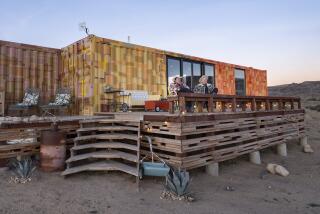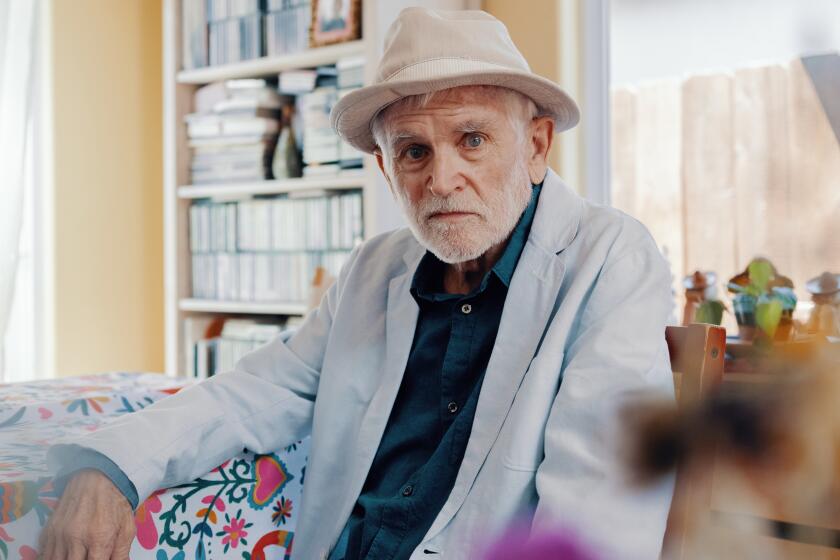Where stories got their start
- Share via
You won’t find Philip Roth or William Styron in “American Writers at Home” (Library of America/Vendome Press: 224 pp., $50), because poet J.D. McClatchy, who collaborated with photographer Erica Lennard on this sumptuous book, thought it wiser to leave out the contemporary world. “It seemed better to travel back,” McClatchy writes, “to look into places where our literary heritage was born.”
At first, one fears that this decision has resulted in nothing more than a practice in nostalgia, enjoyable but short on substance. Here are the homes of some of our greatest writers, their bedrooms and parlors laid out as if in an Ethan Allen catalog and swept clean of the nit and grit of their daily lives.
But peruse on. For something powerful still abides in these places, despite their museum-like quality. Here’s the rocking chair in Walt Whitman’s Camden, N.J., home where he sat and dreamt of cosmic brotherhood. There’s the daybed covered with family albums that fed Eudora Welty’s domestic sagas. William Faulkner’s eyeglasses lie on a table in his study, as if he just set them down.
Lennard captures the rounded top of Mt. Greylock as it appears from the study of Herman Melville’s home in Pittsfield, Mass. He saw a hump-backed whale in that distant shape, and, oh, you know what came of that. The dark forests surrounding Sunnyside, Washington Irving’s charming home in the Hudson Valley, are downright creepy -- bridges vanish into thick woods where a headless horseman might be waiting.
Sunlight streams through the windows of the stone tower at Tor House in Carmel; now here’s a place where Robinson Jeffers surely wrote his poetry about the savage natural world. No, actually, he didn’t. He built the tower for his wife, Una -- Jeffers liked to write in the bedroom.
Other writers were equally unromantic in this respect: Robert Frost sat in a Morris chair with a board across his lap; Nathaniel Hawthorne, despite the picturesque countryside around his Old Manse, faced a wall lest exterior views distract him from his inner ones.
McClatchy is especially good at emphasizing the differences between our notions of writers’ lives and their reality. They paced halls, wrestled with doubts and procrastinated -- just like the rest of us. What “American Writers at Home” gives us is a splendid reminder, in photos and intimate essays, that all writers are mortal, no matter how immense their visions. *
*
From ‘The Old Manse’ Nathaniel Hawthorne
An hour or two of morning labor was all that [the garden] required. But I used to visit and revisit it a dozen times a day, and stand in deep contemplation over my vegetable progeny with a love that nobody could share or conceive of who had never taken part in the process of creation. It was one of the most bewitching sights in the world to observe a hill of beans thrusting aside the soil, or a row of early peas just peeping forth sufficiently to trace a line of delicate green.
*
Hawthorne’s essay is excerpted in “American Writers at Home” by J.D. McClatchy, photographs by Erica Lennard (Library of America/Vendome: 224 pp., $50)
More to Read
Sign up for our Book Club newsletter
Get the latest news, events and more from the Los Angeles Times Book Club, and help us get L.A. reading and talking.
You may occasionally receive promotional content from the Los Angeles Times.








